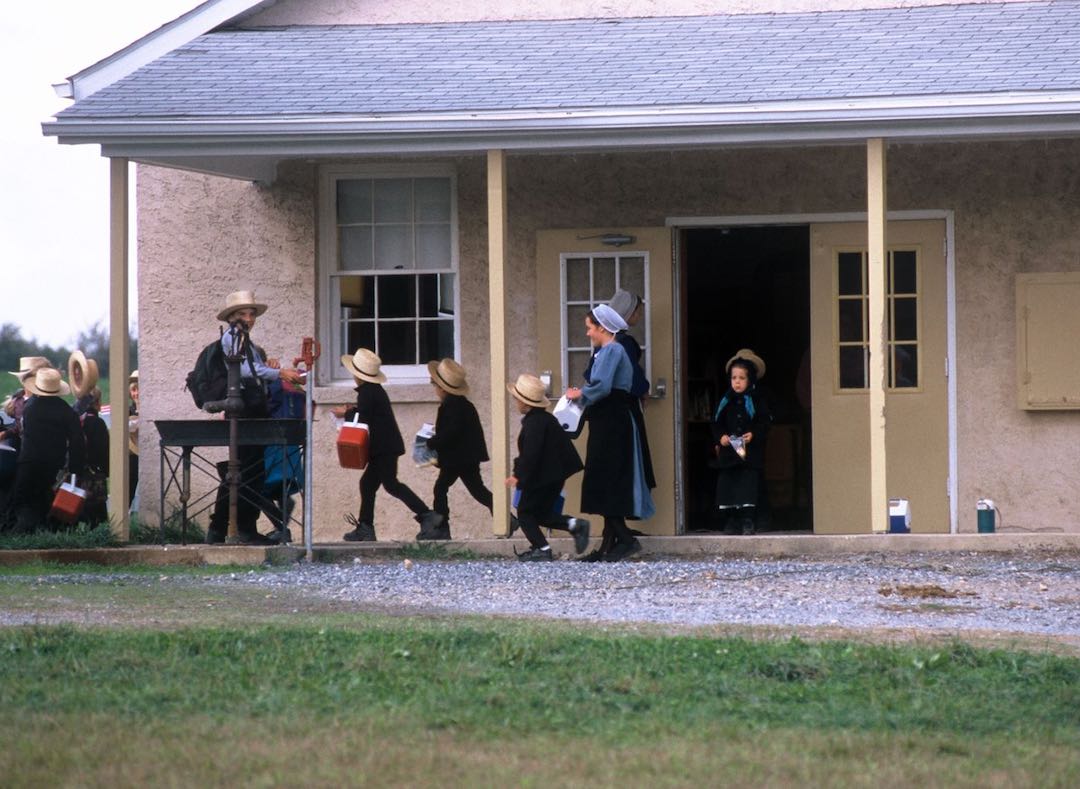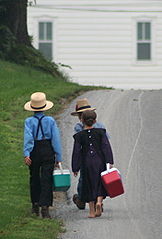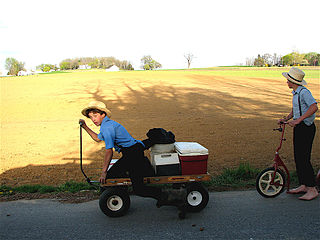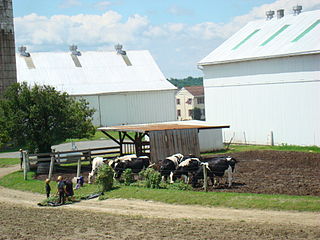
Amish Education
The month of September always signals “back to school”, and we thought we’d share with you how education in the Amish communities of Lancaster County differs from conventional educational systems and institutions.
But, first, a little history.
The Advent of Amish Schools
Prior to the 1950s, Amish children in Lancaster County were taught in public schools. However, in that decade, the federal government began to increase pressure to standardize schools, as well as develop both elementary and high schools as different levels of learning. These ideas were considered threatening to the Amish culture. They did not want their children to have exposure to certain school subjects, as well as to attributes that the curriculum might foster, such as individualism, materialism, and competition, as they feared it might undermine the Amish traditions and church teachings. Many were concerned that Amish children may consider pursuing higher education and learn skills that would allow them to enter a professional occupation outside of the Amish way of life.
As a result, a conflict arose between Amish parents and both school authorities and government entities, and many Amish leaders and parents were arrested during this time for refusing to send their children to standardized schools. Eventually, the Amish leaders felt that the best way to keep their young people from being forced to attend these schools was to operate their own schools. As a result, one-room schoolhouses began dotting the Lancaster County countryside.
A Resolution
After several more years of debate, the Amish worked out a compromise with the government, known as the Amish Vocational Program. At that time, school was held for three hours a week in an Amish home, during which an Amish teacher would instruct the students in practical vocational skills. Working within their family business was also considered part of their education, and students were required to keep a diary of their work activities throughout the week. However, laws still required students to attend school until the age of 15, and many Amish students were sent, unprepared, to complete the ninth grade in a public school.
In May of 1972, a landmark decision by the United States Supreme Court finally exempted Amish and related groups from state compulsory attendance laws beyond the eighth grade, based on the grounds that a government-standardized education provided by a certified school interferes with an Amish child’s adolescent period of religious development.
Amish Schools Today
Today, Lancaster County is home to more than 150 one-room schoolhouses for Amish young students. Each school averages 30 students, and the teachers are usually female adults from within the community who have graduated from the same school and show themselves to be committed to the Amish culture and values. The curriculum offers basic instruction in reading, writing, mathematics, and geography. Both the German and English languages are also taught to the students. The curriculum does include devotional exercises, though formal religion, thought to be sacred, is not taught at school, but in the homes and churches of the Amish community. The Amish avoid educating their children about science, technology, and the arts since learning about those subjects is neither necessary to their lifestyle, nor compatible with their values.
Amish Community
Achieving an eighth grade education is adequate to prepare their young people for Amish life, and as such, the children only receive “formalized” classroom education through that grade. The Amish remain firm in objecting to any additional education and young Amish people who show an interest in continuing their education risk excommunication. The Amish continue to feel that by restricting exposure to ideas and values not held by their faith, they are discouraging the young adults from wanting to leave the community, and pursue a career elsewhere.
Despite being an agrarian community, the Amish do value education highly. They know it’s necessary to teach their youth about farming, animal care, carpentry, and other skills necessary for their lifestyle. These are not typical subjects taught in the curricula of conventional schools, but they are indeed relevant and practical within the Amish community.
Autumn Leaves in Lancaster County
Autumn in Lancaster County, Pennsylvania, is a stunning array of colors. Why do leaves change color? Drive through Strasburg PA and take in all the fall foliage that nature has to offer!
Barebones Bicycle and Fitness
Introducing Barebones Bicycle and Fitness, Inc. A New Venture On Saturday, November 22nd, 2014, a new store opened at the Strasburg Shoppes....
Allegro Winery
Strasburg Winery by Allegro Allegro Winery is a cornerstone partner of the Strasburg Shoppes at Centre Square. Carl Helrich, Winemaker and owner of...









